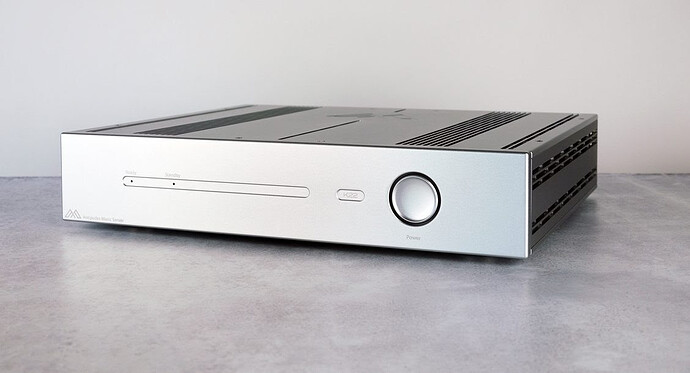I hear, and understand the frustration. We never setup a product line-up wanting to make changes to it within a short period (say, less than 5 years).
The problem for every manufacturer is that:
- you need to remain competitive
- later generations of chips often lead to improvements
- new discoveries improve things
- sometimes new things offered by your competitors are demanded of you by customers
- parts get updated, replaced or removed by the parts suppliers
- customer feedback on your product can make it obvious that the product needs an enhancement
So, what do you do when these things happen?
Do you re-design the product when a part is no longer available? Or do you withdraw it (as we did with the K30)?
Do you leave your new discovery or new capability for 5 years after your last product release, and possibly let your competitiveness slip behind others who get to their next 5 year cycle before you? Is 5 years long enough?
It seems that customers who have bought your product want you to make no changes until they want to buy something new, and then it is critical that you give them the best available at the time, and then not change it for at least 5 years. If we could all coordinate our buying to once every 5 years, that might work. That way we would feel we have the latest, and the second-hand market value is preserved (although it would inevitably fall as you approach the 5 year point).
While we own the product, why would we want to see the manufacturer make improvements to it, since our product becomes inferior (rhetorical). This is a hard one. We as a company encourage our staff to always be thinking about what would make the product, or our customer service, better. Failing to act on breakthroughs feels wrong. Of course, we save them up to make several changes together, but when the changes are very material improvements, we do not like the idea of holding them back.
Let us take the case where a manufacturer finds they can make a significant improvement to a current product. Should they?
- not improve the product until 5 years since the last change to the product?
- improve the product in the next run and tell everyone about it, possibly giving it a v2 moniker?
- If you do 2 above, do you offer upgrades to the latest version when that is possible, rather than leave your customers with the choices of selling to upgrade, or keep their (now) old model?
- improve the product in the next run and do everything you can to keep the change a secret from the market?
Many manufacturers do a mixture of 1 and 4. Plus, a surprising number don’t do their own technology design so they only commission it every 5 or so years anyway (some of these are our OEM customers).
One notable manufacturer kept making regular changes to a product that they never announced, and the external look and name of the product never changed over 30 years. Is that what you want? You get the benefit of the latest ideas when you buy, and no one knows your product has actually slipped behind what the manufacturer is providing to new customers. From customer feedback, it does sound like that is what many customers want. But the reality for that manufacturer is that the market treated each year of production as a marker of its qualities. “Oh, you have an XYZ for sale? What year?”
Most Aussies and Kiwis prefer the people they do business with to be ‘straight up’. Which means we want them to tell it like it is. So at Antipodes, we prefer to do 2 when the change is large. If a change is minor we will do 4. Or under pressure from distributors we will do 4.
But if the change is significant, then 4 feels dishonest and we prefer to do 2. To assist customers, we do 3 whenever it is practical.
And if we can’t keep the product going at its current quality and price range, or if the changes mean it no longer fits in the line-up, we withdraw it - as we did with the K30, and others before them.
Should we be doing 1 and 4, like most other manufacturers do? It is a good question, so let us know what you think.




